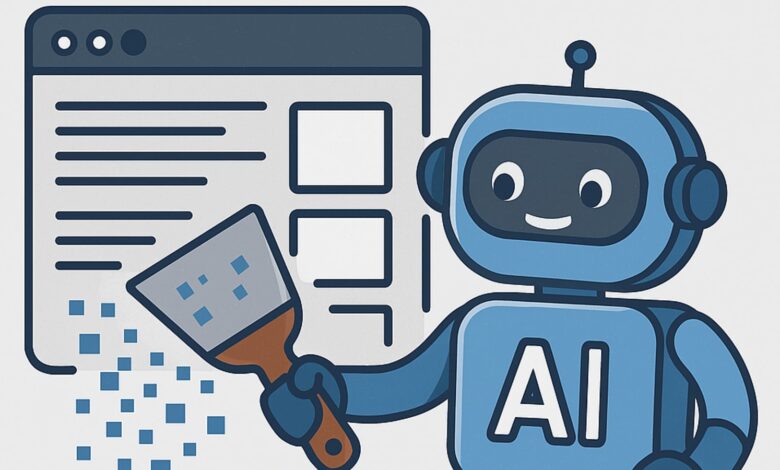5 simple, effective ways to stop AI scrapers from stealing your website content | Technology News

Big Tech relies on massive amounts of public, private, and personal data to train their large language models (LLMs). If you run a website, the chances of AI scrapers already trying to grab your content are very high. However, with simple tweaks to your website, you can make it much harder for scrapers to access your content.
Here are five easy and effective ways to keep your site and its content safe and private:
1. Mandatory sign-up and login
The simplest and easiest way to prevent data scraping is to require users to sign up and log in before accessing content. Only users with valid credentials will be able to view your website’s content. While this may make it harder for guest users to access your site, it significantly helps in preventing data scrapers.
Story continues below this ad
2. Use CAPTCHAs
Completely Automated Public Turing tests to tell Computers and Humans Apart (CAPTCHAs) are an effective way to prevent bots and scrapers from continuously accessing your website. CAPTCHA methods include requiring users to check an “I am not a robot” box, solve a puzzle, or answer a simple math question. Implementing solutions like Google reCAPTCHA v2 can significantly enhance your website’s security against scrapers.
3. Block bots and crawlers
Bots and crawlers behave differently from human users, making them identifiable through security services like Cloudflare Firewall or AWS Shield, which detect and block bots in real-time. These tools recognize patterns such as rapid browsing without cursor movement and unusual access behaviours, like visiting deep links without navigating through the homepage.
4. Use robots.txt
A simple text file, when placed inside a website, can instruct bots and crawlers on whether they can access certain web pages. It follows the Robots Exclusion Protocol (REP) and is one of the easiest ways to manage bot traffic. It applies to all bots and prevents them from crawling data from private directories on your website.
5. Implement rate limiting
Rate limiting prevents AI scrapers from continuously requesting your content restricting the number of requests a single user, IP, or bot can make. For example, you can set a limit of 100 requests per minute per IP address. This not only helps protect against content scraping but also reduces the risk of Dributed Denial-of-Service (DDoS) attacks.Story continues below this ad
applying these techniques, you can make it much harder for AI scrapers to access your website’s content while maintaining a secure browsing experience for legitimate users.
© IE Online Media Services Pvt Ltd
Expand



